Bag of Grain
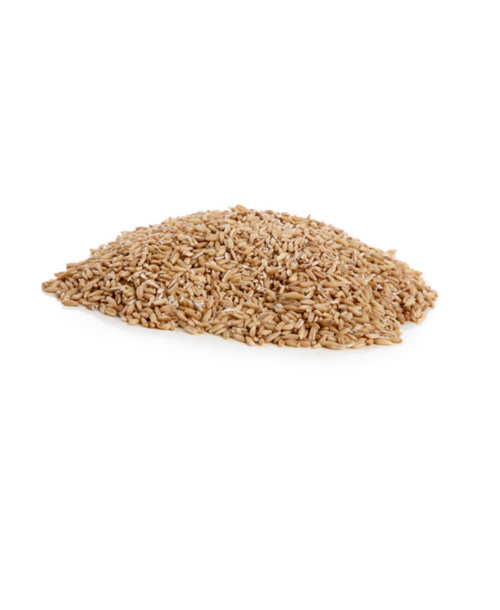
One of the earliest pregnancy tests discovered by archaeologists comes from ancient Egypt. Dating from approximately 1350 B.C.E., women would take a bag of whole wheat and barley and urinate on it. If the seeds germinated, it meant the woman was pregnant. The science behind this method is fairly simple. A pregnant woman’s urine contains elevated levels of the hormone estrogen, which can stimulate seed growth. The Egyptians believed that if the barley sprouted, the child would be male and if the wheat sprouted it would be female. Interestingly enough, a test conducted in the 1960s revealed that the test was 70 percent accurate.
Onion Insertion

The ancient Greeks had another, slightly less accurate way to determine if a woman was with child. If she suspected that she might be pregnant, a doctor would insert an onion or other strong-smelling root vegetable into her vagina and leave it there for a night. If she had onion breath the next morning, she was pregnant. The theory involved something about the vagina being more absorbent during pregnancy and compounds in the onion being absorbed through the bloodstream, but there haven’t been too many tests of this one in the modern era (for obvious reasons).
Latch Test
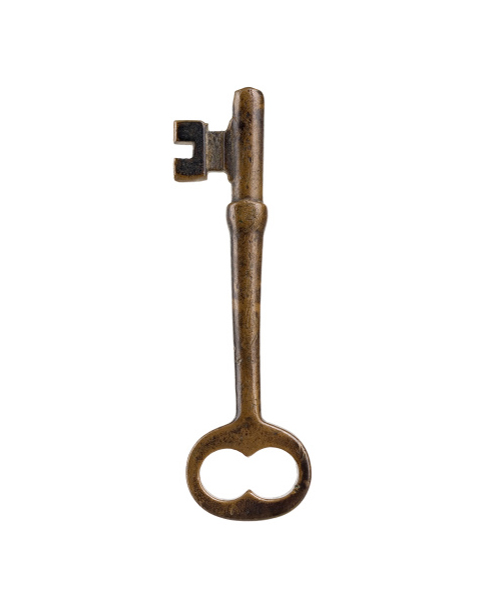
As we move into the 1400s, pregnancy tests started getting more and more superstitious. One excellent example is the “latch test,” which was written about in "The Distaff Gospels," a collection of then-current folk medicine and wisdom. If a woman believed herself to be pregnant, she was instructed to take a metal latch or key and place it in a basin. Then she had to urinate enough to completely submerge the latch and leave it in there for three hours. If, when removed, the outline of the latch was still visible, she was pregnant. This probably had something to do with altered acidity in pregnant urine, but it’s not too reliable.
Look in the Eyes

As medical science advanced, more and more doctors tried to solidify their theories as to exactly what happens to a woman's body when she is pregnant. One of the weirder attempts to predict pregnancy came from French ophthalmologist Jacques Guillemeau. The physician claimed that the eyes were the window to the body as well as the soul, saying that you could diagnose all kinds of things just by looking at them. According to Guillemeau, a pregnant woman’s eyes look deep-set, her pupils shrink and swollen veins appear in the corner of the eye. Although there are ocular changes during the nine months of pregnancy, they can’t be observed so easily with the naked eye.
"Piss Prophets"
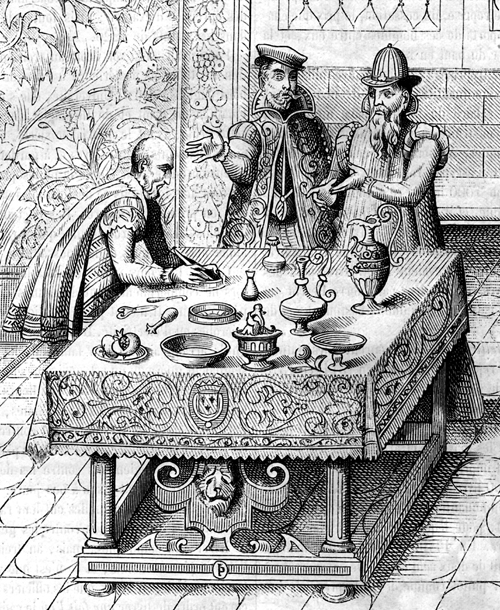
In the 1600s, the examination of urine to determine a woman’s pregnancy was restricted to the experts. A wave of self-proclaimed “piss prophets” built entire medical practices on the back of urine, performing numerous tests to discover if a woman was pregnant. They believed that the urine of a pregnant woman was a clear, pale lemon color with slight clouding toward the surface. It wasn’t just women who used their services, though—the piss prophets would diagnose all kinds of diseases simply from an examination of their patient's urine.
The Urine Ribbon
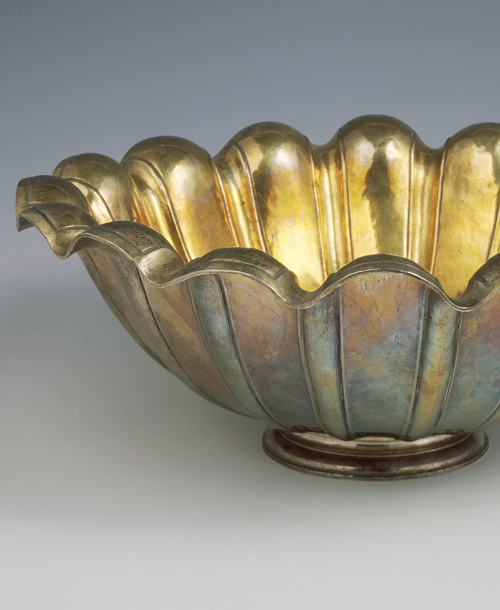
Another 17th century test that had dubious practical uses but involved a lot of urine, this method was weird and complicated. A woman who thought she was pregnant would go to a doctor and pee into a basin. The physician would soak a ribbon in the urine until it was saturated, then pull it out and let it dry. Once dried, he would place it in front of the woman’s face and light it on fire. If the smell of burning pee-soaked fabric made her nauseous, she was deemed pregnant. Needless to say, there’s no scientific validity to this one at all.
Rabbit Test

One of the more bizarre pregnancy tests of the 20th century was invented by doctors Bernhard Zondek and Selmar Aschheim. The two had observed that when the urine of a pregnant woman was injected into small female animals, their ovaries would enlarge. They originally tested this on mice, but when the procedure first started to see extensive public use in the mid-1940s, doctors had begun to use rabbits. Although the test was quite accurate, it had its drawbacks—to examine the rabbit’s ovaries, the rabbit had to be killed.
Frog Test

As an alternative to the rabbit test, scientists realized that animals who don’t gestate babies inside their bodies also react to the urine of pregnant women. The frog test utilized South African clawed frogs—a small, amenable amphibian that reacted strongly to the human chorionic gonadotropin present in a pregnant woman’s urine. After an injection into their dorsal lymph sac, a female frog will lay eggs in response within 12 hours.
First Home Pregnancy Test
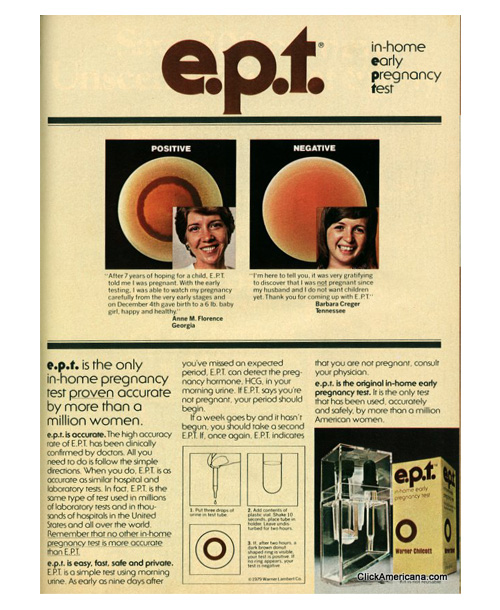
Pregnancy testing moved out of the doctor’s office and into the home in the late 1970s, but the tests definitely weren't as easy as they are today. The first home pregnancy tests hit the market in 1977 and consisted of a vial of purified water, a test tube and a sample of red blood cells from a sheep. Women had to use an angled mirror to pee into the tube, then add the water and sheep’s blood to the vial and refrigerate undisturbed for two hours.
Photo via ClickAmericana.com
Modern One-Step Pregnancy Test
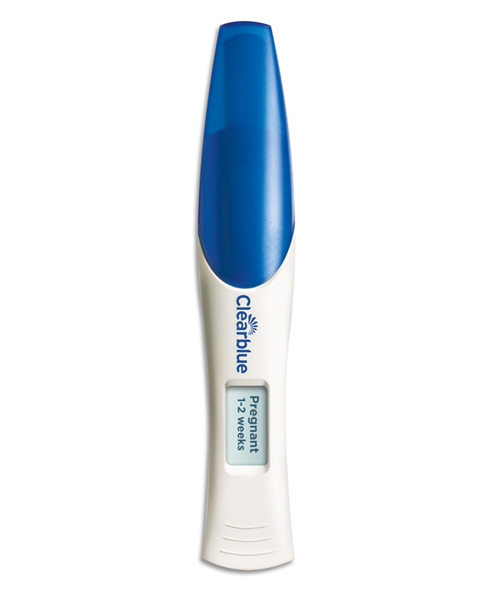
Needless to say, women got a little tired of the rigmarole, so it wasn’t long before companies innovated new and more user-friendly pregnancy tests. 1988 saw the introduction of the first one-piece test from Unilever. These tests use lateral flow technology, which involves porous paper that transports fluid in a path. The paper is permeated with antibodies that react to human chorionic gonadotropin, and when the urine passes through those antibodies and into a control area, a band of color appears if you’re pregnant. Simple, easy and there’s not an onion or rabbit in sight.




